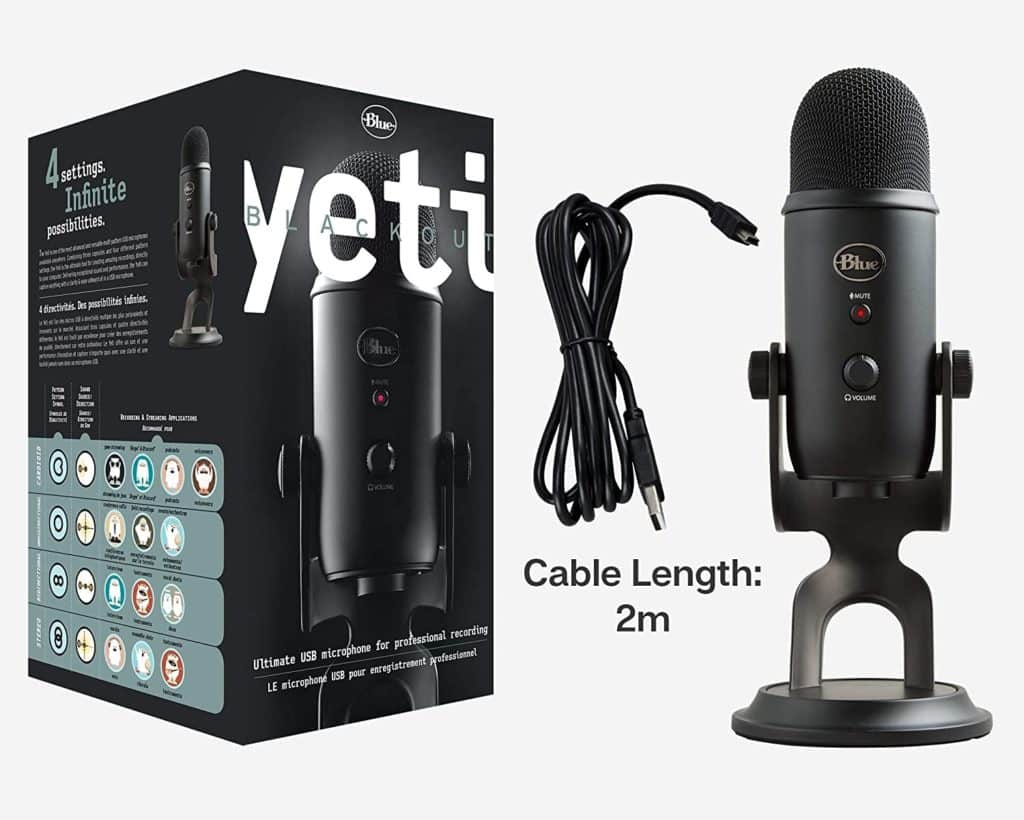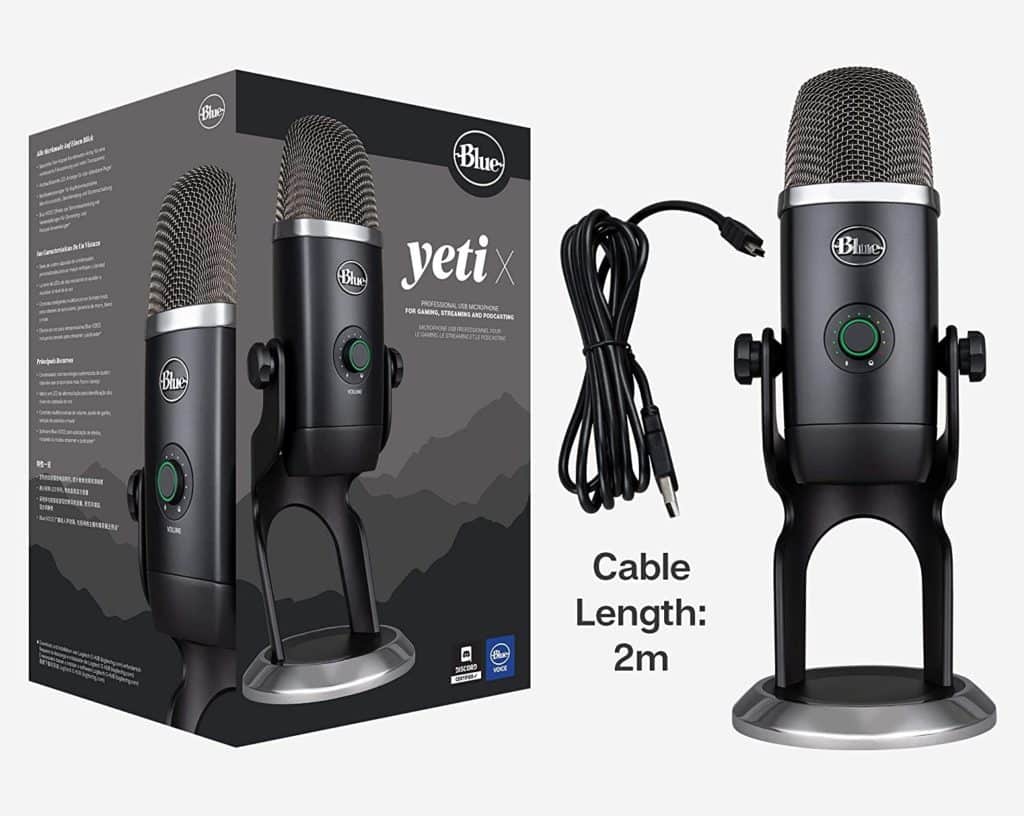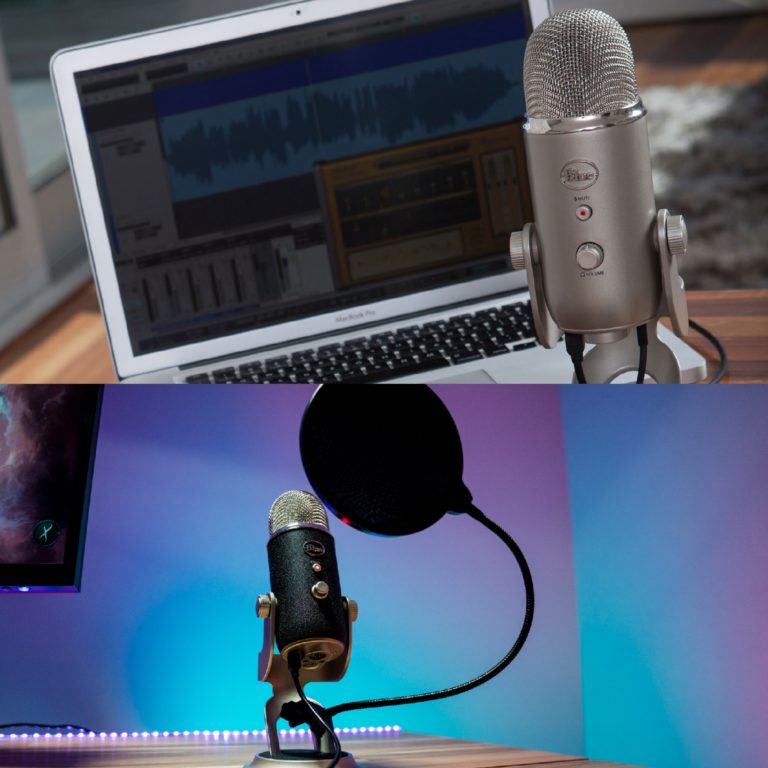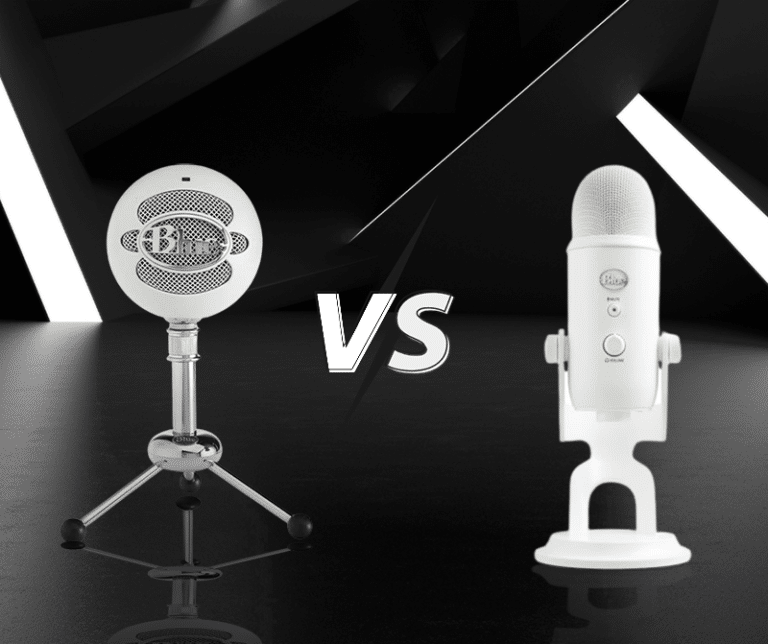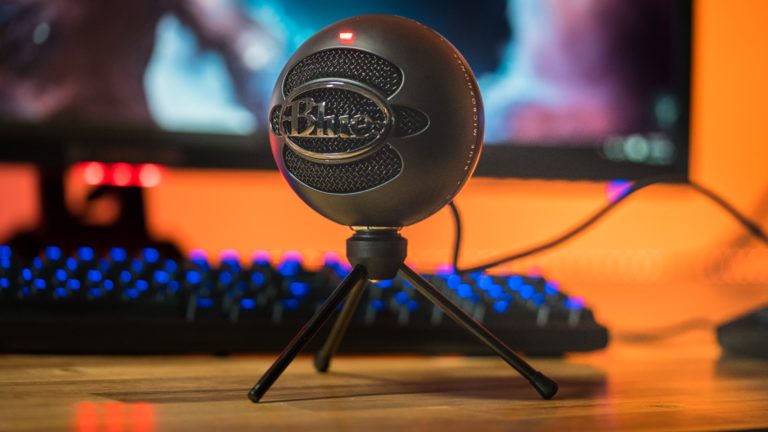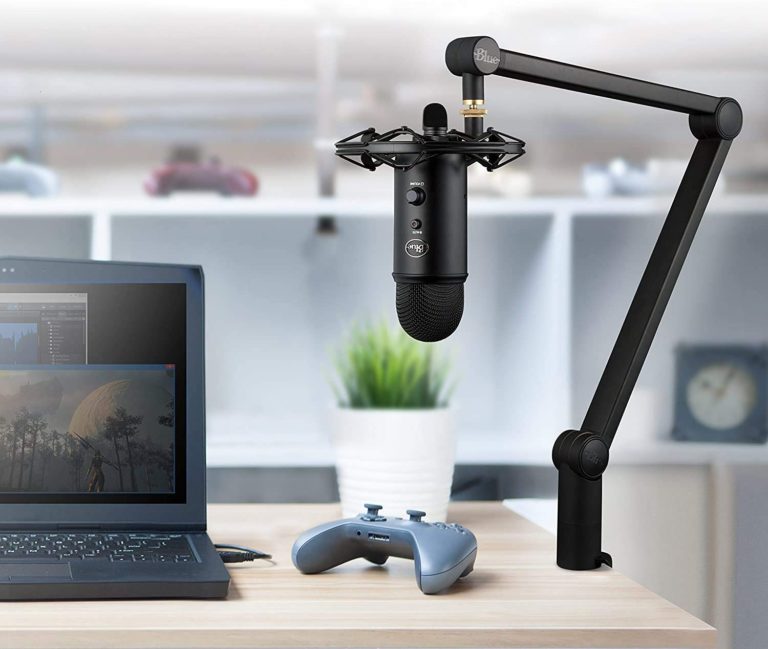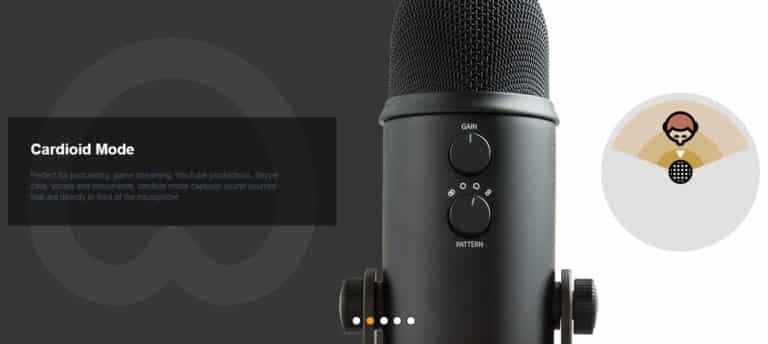Comparing Blue Yeti vs. Blue Yeti X: Which One Is Better?
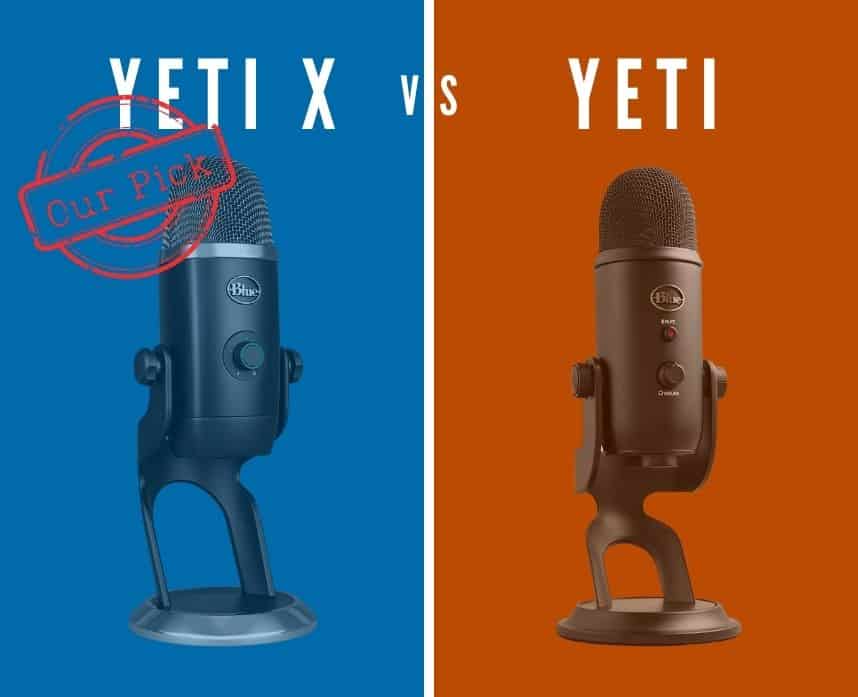
Podcasters, musicians, and streamers all have one thing in common: they all rely on audio for their content to succeed. To ensure that they have good-quality audio, they need a reliable microphone. The issue that they run into is that not all of these people have access to a professional recording studio, so they have to do this from home using their personal computers.
USB microphones like those made by Blue are what allow them to do this. But how do you choose between the Blue Yeti vs. Blue Yeti X? What’s the difference between the two?
Quite frankly any Blue Yeti USB microphone is going to be a good quality microphone. It all depends on what features you want. The Blue Yeti X was designed to be an upgrade to the original Blue Yeti microphone.
Read on to see if it lives up to its name, or if the original is the better purchase after all.
Table of Contents
Audio Quality
The first major difference between these two microphones is the audio quality. There are several reasons why this is.
The Original Blue Yeti
When the original Blue Yeti microphone was released, it was the gold standard for USB microphones. It was the first near-professional level USB microphone on the market.
Suddenly, people could make professional-level podcasts, music, and even audio for live streams without needing a professional recording studio. It was user-friendly and produced high-quality sound. This was a combination that couldn’t be matched at that time, and it made amateur broadcasting possible for everyone.
And that level of quality is still seen today in the most recent basic Blue Yeti microphones. They’ve never given up on their dedication to quality. And they’ve always strived to produce the best microphones on the market.
It’s for this reason that they’re still one of the top microphone brands available. The Original Blue Yeti currently has a resolution of 16-bit/48kHz.
The Blue Yeti X
The Blue Yeti X microphone, however, takes things a step further. It produces even better audio quality than your basic Blue Yeti Microphone.
This means that musicians and podcasters can record high-quality audio for just a little more money than the original Blue Yeti microphone sells for. That’s good news for those who intend to put their art online for people to enjoy. It means that they can feel confident that they’re getting a near-professional level sound without the extra costs of a recording studio.
This microphone boasts a resolution of 24-bit/48kHz. This means that it has more bit depth than the original Blue Yeti microphone. That allows it to capture more audio data.
The Winner
So for audio quality, the Blue Yeti X is going to be the better choice. The higher depth to its resolution means that it can capture a lot more audio data. This allows it to more accurately record any sounds coming through the microphone.
This makes audio recordings sound clearer and more professional. It gets you much closer to sounding like you’re right there in the room when someone plays your audio.
So if you’re looking for a high-resolution microphone for your music, podcast, or streams, then you should be considering the Blue Yeti X microphone. It guarantees that you’ll sound as clear as possible during playback.
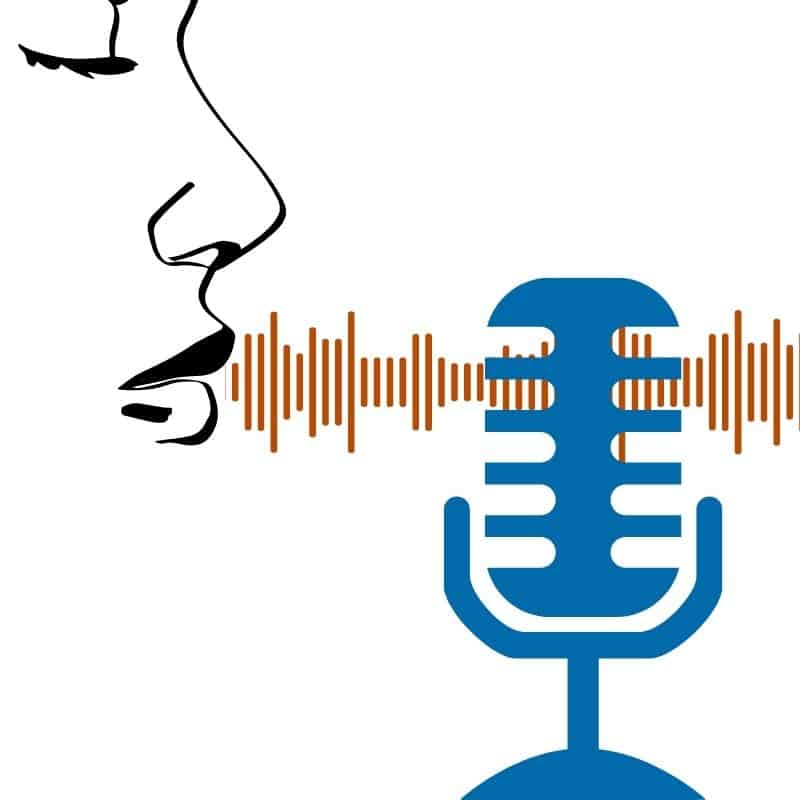
Audio Clarity
Microphones work by condenser capsules inside the device converting sound waves into the microphone’s signal. The more condensers you have, the greater the audio clarity. Each capsule must work in tandem with the others to create a clear sound based on the information it picks up.
In short, these capsules allow you to produce a clearer sound. This is because more information means a more accurate representation of the actual sounds that occurred. A clearer sound means that your audio is easier for your listeners to understand.
If you’re a podcaster, for example, you want to make sure that your audio is actually understandable by the time you’re done recording. You don’t want your audio to be loud and grainy. That doesn’t make for a good listening experience for your audience.
In some cases, listeners might not return for more of your content if your audio isn’t clear. People want to understand what you’re saying in your music and podcasts!
The Original Blue Yeti
The original Blue Yeti microphone has three condenser capsules. These condensers work very well for everyone who uses them. This ensures that any audio that you hear during playback will be an accurate representation of the sounds that occurred during recording.
It will also be a clear sound that your listeners will have a good experience with. This ensures that your listeners will want to keep coming back to listen to your content.
The Blue Yeti X
The Blue Yeti X microphone has four different condenser capsules. This means it has more condensers picking up sound waves and converting them into data. That means that your audio will be even clearer with this mic.
This helps you create clear audio that listeners can understand even more than with the original Blue Yeti.
The Winner
So the Blue Yeti X microphone wins this round as well. Its four condenser capsules give it superior audio clarity compared to the original’s three condenser capsules.
So your audio will just sound better overall if you decide to use a Blue Yeti X for your recordings. No matter if you’re a musician, podcaster, or streamer, your listeners are going to be able to understand you better. Any music you record will sound more like they’re in the right in the room with the listener.
You won’t get clearer sound unless you pay for a professional recording studio.
Audio Effects Options
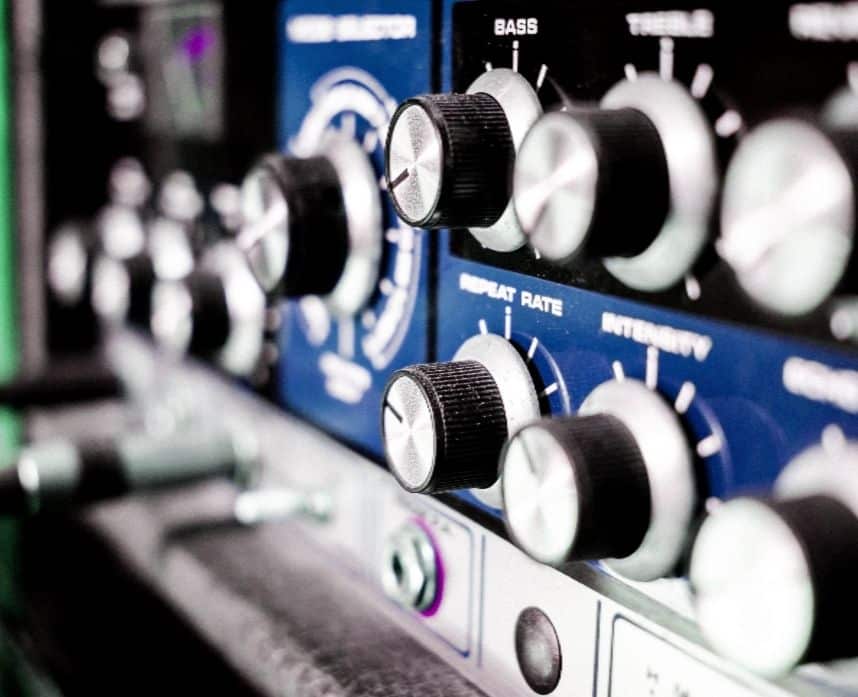
When you use audio editing software, you can usually put a sort of filter over your audio. This allows you to purposefully give your audio a different sound quality without compromising its clarity.
A good example of this is when musicians make their music sound like it’s being played by an old record player or gramophone. A podcaster might make it sound like you’re listening to an old tape recorder.
This can create cool effects when you’re trying to give your audio a specific signature. And you don’t necessarily need to have your audio editor do this for you.
Your microphone can have these features built into it already. This usually comes with software that allows you to change these settings.
This makes it even easier to create these effects. Oftentimes, editing software will need to take time to apply a filter. And some software doesn’t make it easy to get that done either.
So having a microphone that can do this automatically is a great way to save some editing time.
The Original Blue Yeti
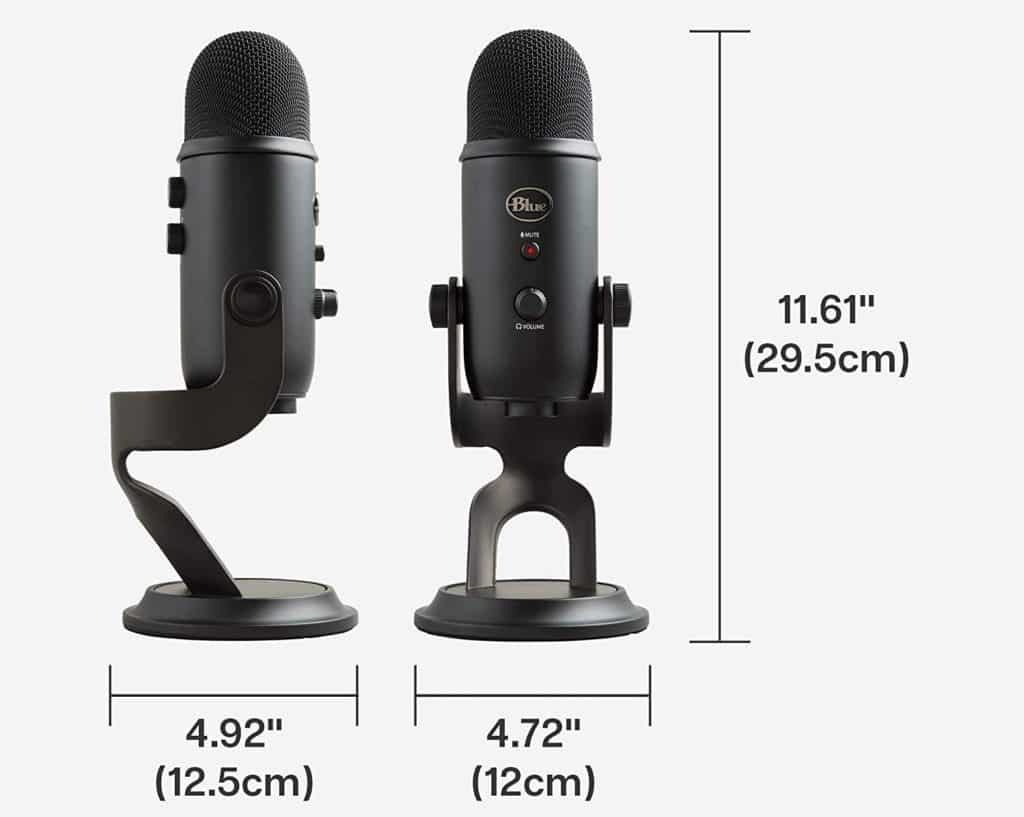
The original Blue Yeti microphone is simple hardware and a driver. It doesn’t come with any special software of its own.
It has a dial that can affect which directions the microphone is picking up sound from, but that is all it does. You can’t apply any special audio filters directly to an original Blue Yeti microphone.
You’ll have to do this after you’ve Finished recording, or what audio editors call “in post.” You can still get the same effect, but it will take longer and won’t necessarily be as easy.
The Blue Yeti X
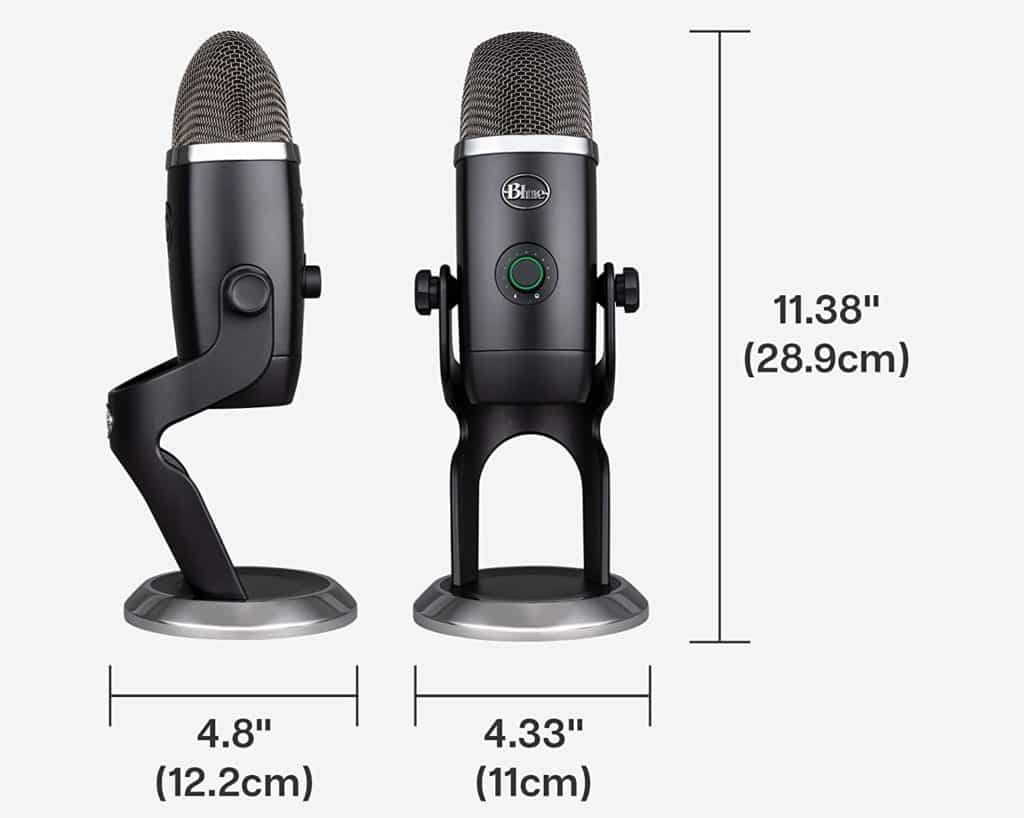
The Blue Yeti X comes with Logitech G hub software. This allows you to control some of the settings of your microphone from your computer rather than from dials on the microphone.
This includes changing the color of the lights on your microphone and applying “Blue VO!CE” effects. These are exactly the kind of filters that you’ll want for your audio to have a certain signature sound to them. The filters include “warm and vintage”, “crisp and modern”, and “AM radio.”
And if none of those sound appealing to you, then you can always create your own.
The Winner
The clear winner of this round is of course the Blue Yeti X. The original Blue Yeti microphone simply doesn’t have any special software that comes with it. Nor does it have the light display on the microphone itself that the Blue Yeti X has.
And while these perks aren’t essential for creating good quality audio, they can still make it easier and more fun to play with these settings during recordings. You might even find one that you want to keep on all of your audio going forward.
Overall Winner: Blue Yeti Vs. Blue Yeti X

In the end, the winner between a Blue Yeti vs. Blue Yeti X microphones is going to be the Blue Yeti X. It’s the better of the two for overall quality, clarity, and features. So if you’re really serious about your audio career, then you should be looking at a Blue Yeti X microphone.
You don’t need a professional studio to make music, podcasts, or stream. All you need is a Blue Yeti X USB microphone.
If you enjoyed this article, be sure to check out more technology recommendations on our blog today.

